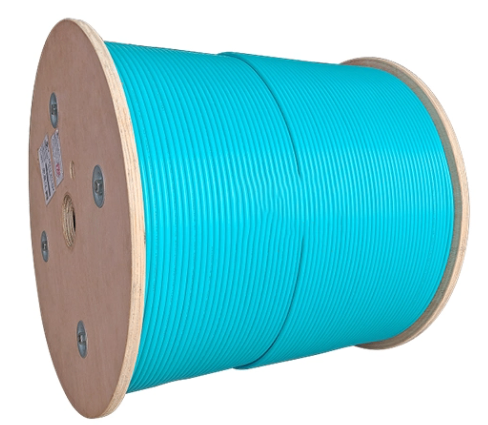קײן קײן טאַבעלע
באַטרעף: Shenyang, Liaoning, פּראָמע
קאָדירונג
טעמע: 400-964-1314.
קלעפּ
סדאָרן פּאַפּק&& טאַטע־מאַפּע
2024-04-28 1915
A Comprehensive Guide to Bulk Fiber Optic Cable: Understanding, Selecting, and Purchasing
In today's digital era, the need for fast and reliable data transmission is paramount. Bulk פֿאָקוס stands out as the ideal solution to meet this demand. This comprehensive guide aims to provide a deeper understanding of bulk פֿאָקוס, assist in making informed selections, and offer insights on the purchasing process.
 Www.נאָמעןcable.cn
Www.נאָמעןcable.cn
Section 1: Understanding Bulk Fiber Optic Cable
Bulk פֿאָקוס, also known as large-scale פֿאָקוס, is a crucial component of modern communication systems. Its exceptional transmission speeds, vast capacity, and robust resistance to interference make it a top choice for businesses and organizations seeking to establish efficient and stable networks. Composed of multiple fibers, it enables the simultaneous transmission of vast amounts of data, catering to a wide range of complex application scenarios.
Section 2: Selecting Bulk Fiber Optic Cable
When selecting bulk פֿאָקוס, several crucial factors need to be considered. Firstly, the type of fiber plays a significant role. Single-mode fiber is suitable for long-distance, high-speed transmission, while multi-mode fiber is איבעריקער appropriate for short-distance, lower-speed applications. Secondly, brand and quality are equally important. Choosing well-known brands with rigorous quality testing ensures the stability and security of data transmission. Additionally, price is a factor that needs to be balanced. While pursuing cost-effectiveness, it is essential not to compromise on product performance and quality.
Section 3: Purchasing Bulk Fiber Optic Cable
Purchasing bulk פֿאָקוס involves a methodical process. Here are the key steps to follow:
Market Reזעעװדיק: Conduct a thorough זעעװדיק through זעעװדיק engines, industry exhibitions, or professional consultancies to understand the mainstream brands and suppliers in the market.
Needs Analysis: Identify your specific requirements, including transmission distance, bandwidth demands, and application scenarios. This will help you make a איבעריקער informed choice when selecting the fiber cable.
Consultation and Comparison: Contact potential suppliers to inquire about product specifications, pricing, and other relevant information. Compare different suppliers based on their product offerings, quality, prices, and post-sales service and technical support capabilities.
Contract Signing and Purchase: Once you have selected a supplier, finalize the purchase contract, ensuring that all key details such as product specifications, quantities, pricing, and delivery timelines are clearly stated.
Section 4: Installation and Maintenance
After purchasing bulk פֿאָקוס, proper installation and maintenance are crucial. It is advisable to carefully read the product manual or seek professional guidance from the supplier before installation. Regular maintenance and inspections can ensure the stable performance of the fiber cable and extend its lifespan.
Www.נאָמעןcable.cn
Section 5: Staying Updated on New Technologies and פֿאָרױס
With the continuous advancement of technology, bulk פֿאָקוס technology is also constantly innovating and evolving. As users, it is essential to keep abreast of new technologies and products to update and upgrade our fiber networks promptly when needed, maintaining our competitiveness.
Www.נאָמעןcable.cn

In Conclusion
Bulk פֿאָקוס plays a pivotal role in modern communications. By understanding its fundamentals, making informed selections, and purchasing it correctly with proper installation and maintenance, we can ensure stable and efficient data transmission through our fiber networks. Staying updated on new technologies and products allows us to future-proof our networks and embrace the latest advancements in the field.
With this comprehensive guide, we hope you have gained a deeper understanding of bulk פֿאָקוס. We trust that this information will assist you in making informed decisions during the construction and optimization of your fiber networks, enabling efficient and reliable data transmission.